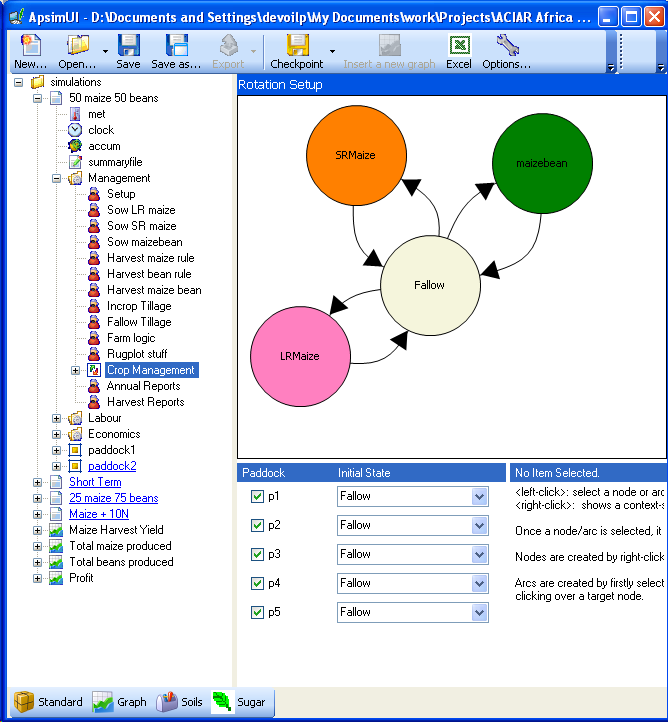
Further testing of N responses is required. There is a need to develop better predictive routines for grain oil content that take account of the dynamics of grain filling and interactions with environmental conditions, and improve upon current regression-type approaches. Testing on vernalisation-responsive winter types and in high yielding situations has indicated that more research is required to define phenology parameters and yield forming processes in high yielding environments.

The module has been validated on more than 250 data points across Australia, China, and Germany and typical root mean squared deviations for days to flowering are ∼5 days and for grain yield are ∼0.4 t ha –1. This paper presents a summary of the parameters in the module and reviews the physiological evidence justifying their values and module performance, and reflects on areas of module improvement and application.ĪPSIM-Canola simulates crop development, growth, yield and nitrogen (N) accumulation in response to temperature, photoperiod, radiation, soil water and N supply, with a daily time-step, using well-accepted approaches. There has been no peer-reviewed account of the scientific underpinnings of the module, despite considerable testing across a wide range of environments in the Australian grains industry and numerous applications of the model to address agronomic and crop adaptation issues.


APSIM SIMULATOR
The canola ( Brassica napus L.) module in the Agricultural Production Systems Simulator (APSIM) was developed in the late 1990s.


 0 kommentar(er)
0 kommentar(er)
